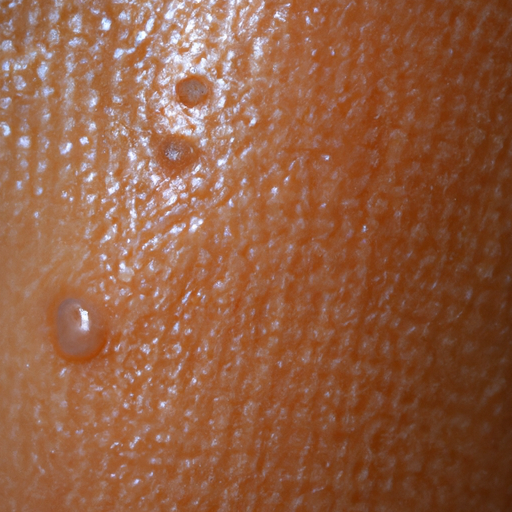As a medical professional, I often encounter patients who struggle with oily skin. This common skin type can lead to a host of issues, including acne, shiny complexion, and enlarged pores. However, with the right skincare routine and lifestyle modifications, it is possible to manage oily skin effectively. Here’s your ultimate guide to taming oily skin.
Firstly, understanding the root cause of oily skin is crucial. Our skin has sebaceous glands that produce sebum, a natural oil that moisturizes and protects the skin. However, when these glands overproduce sebum, it results in oily skin. This overproduction can be triggered by various factors such as genetics, hormonal changes, stress, and environmental conditions.
The first step in managing oily skin is to adopt a suitable skincare routine. Contrary to popular belief, it is not beneficial to completely strip your skin of its natural oils. Over-cleansing or using harsh products can cause your skin to produce even more oil as a defense mechanism. Instead, opt for a gentle, water-soluble cleanser that removes dirt and excess oil without drying out your skin.
Exfoliation is another crucial step in your skincare routine. It helps remove dead skin cells that can clog pores and increase oil production. However, it’s important not to overdo it. Over-exfoliation can irritate your skin and trigger more oil production. Aim for exfoliating once or twice a week with a product containing salicylic acid or alpha-hydroxy acids, which are known to penetrate oil and clean pores.
Moisturizing is an essential step that should not be skipped, even if your skin is oily. Dehydrated skin can trigger more oil production. Choose an oil-free, non-comedogenic moisturizer that won’t clog your pores.
In addition to a suitable skincare routine, lifestyle modifications can also help manage oily skin. A balanced diet rich in fruits, vegetables, lean proteins, and whole grains can improve your skin’s health. Avoid foods high in sugars and fats, which can stimulate oil production. Regular exercise can also help by reducing stress levels, which can trigger oil production.
Hydration is key for all skin types, including oily skin. Drinking plenty of water helps to keep your skin hydrated from the inside out and aids in detoxification.
Lastly, it’s important to protect your skin from the sun. Sun exposure can trigger oil production and cause other skin issues. Use a broad-spectrum sunscreen with an SPF of at least 30. Look for sunscreens labeled as ‘oil-free’ or ‘non-comedogenic’.
In conclusion, managing oily skin requires a combination of the right skincare routine and healthy lifestyle habits. It’s also important to remember that everyone’s skin is unique. What works for one person may not work for another. If you’re struggling with oily skin and over-the-counter products aren’t helping, consider consulting with a dermatologist. They can provide personalized advice and treatment options based on your specific skin type and concerns.



